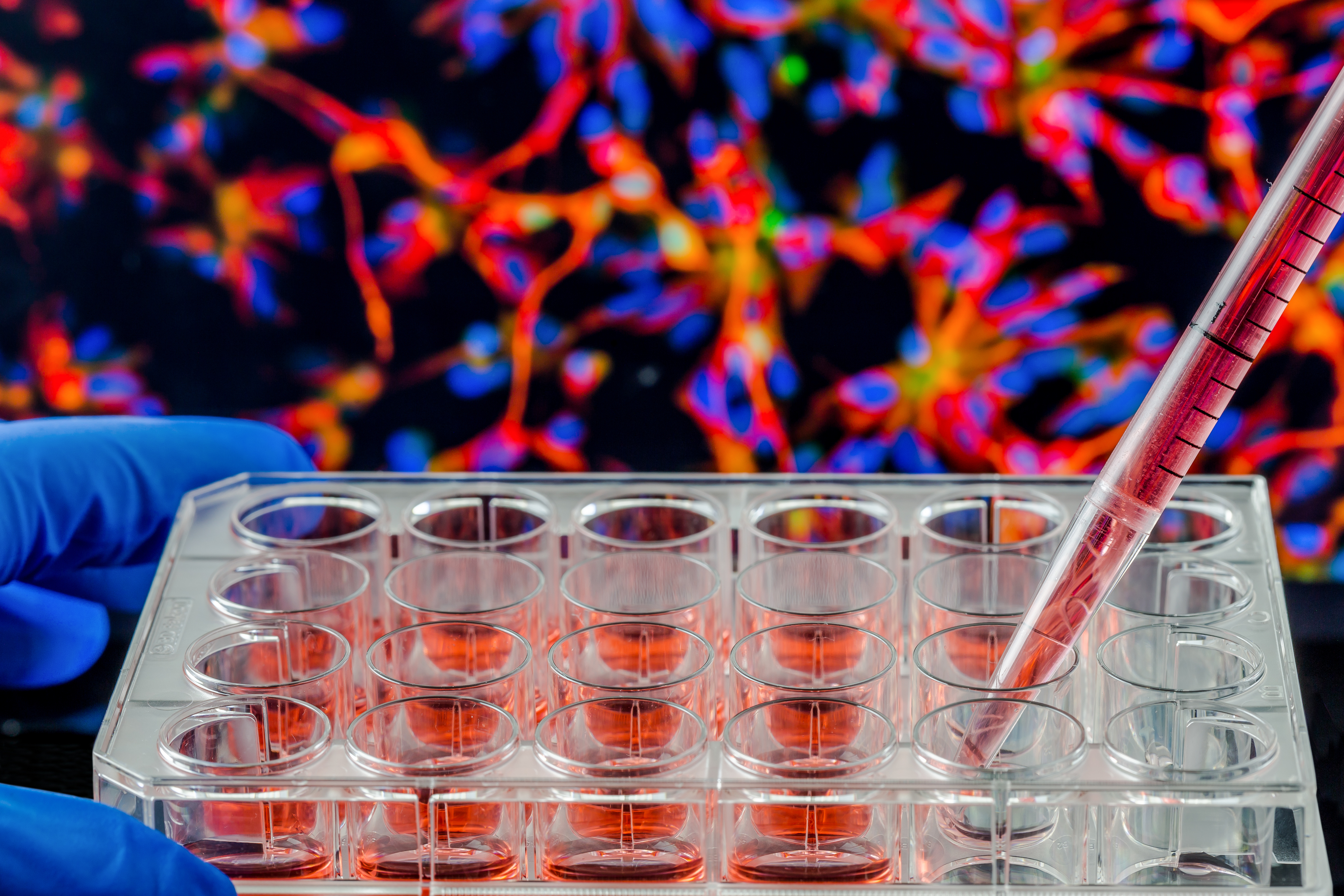New Strategy Targets Parkinson’s by Improving Dopamine Metabolism, Study Reports

In contrast to what was previously believed, a key protein implicated in Parkinson’s disease — called Nurr1 — can be modulated using naturally existing molecules or engineered small molecules to restore dopamine production in brain cells, according to a study.
Conducted by researchers from the University of California San Francisco (UCSF), the new study provides evidence that the activation of Nurr1 may represent a viable strategy to slow or halt the progression of Parkinson’s disease.
The study, “Covalent Modification and Regulation of the Nuclear Receptor Nurr1 by a Dopamine Metabolite,” was published in the journal Cell Chemical Biology.
The nuclear receptor-related 1 protein, or Nurr1, plays an important role in the development and survival of dopamine-producing nerve cells in the brain. This protein can control the production of other critical proteins in these particular brain cells, while it also regulates cell death mechanisms.
Previous studies have suggested that Nurr1 could be implicated in the loss of dopaminergic neurons in Parkinson’s patients. Preclinical data has shown that elevating the levels of Nurr1 can reduce inflammation and improve the survival of neurons, while reduction of the protein leads to motor symptoms in mice similar to those seen in Parkinson’s disease.
Researchers have tried to modulate the levels of this protein in cells using gene therapy strategies. However, many of these attempts have failed due to Nurr1’s inability to enter cells or reach the cell’s nucleus (where Nurr1 normally works).
Small molecules that could bind to Nurr1 and modulate its activity have also been considered as a potential therapeutic approach. But, until now, researchers have failed to design molecules that can effectively change this protein’s activity. This is mostly due to a lack of knowledge on the structure and activity of Nurr1.
To overcome this limitation, UCSF researchers used different experimental approaches to figure out how Nurr1 binds to its targets and how it is activated.
Contrary to what happens in other similar proteins, Nurr1 binds directly to its targets without requiring additional binding elements to be activated. In particular, the team found that the naturally occurring molecule 5,6-dihydroxyindole (DHI), a dopamine metabolite, binds directly to and modulates the activity of Nurr1.
Using experimental cell and fish models, the researchers tested the potential of DHI to enhance Nurr1’s activity.
They found that cells exposed to DHI had up to 1.6 times more active protein than before exposure. In addition, DHI-triggered activation of Nurr1 led to increased production of dopamine transporters in fish, including VMAT2 — a protein that regulates the packaging and release of dopamine into the synapse, the junction between two nerve cells that allow them to communicate.
“Improving the packaging of dopamine into vesicles by upregulating transcription of VMAT2 may slow the progression of Parkinson’s disease and extend the treatment window for L-DOPA [the standard of care for Parkinson’s] by reducing side effects,” the researchers wrote.
These findings demonstrate that “Nurr1 may be regulated by an endogenous metabolite, contradicting previous suggestions that it has no small-molecule regulation,” they added.
“This molecule is widely regarded as one of the top therapeutic targets for Parkinson’s disease, but this is the first convincing evidence that it can be directly drugged,” Pamela England, PhD, associate professor at UCSF and senior author of the study, said in a news story written by Nicholas Weiler.
“We hope these insights will lead to drugs that for the first time can target the underlying causes of Parkinson’s disease,” she said.






